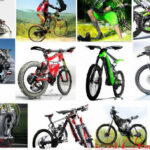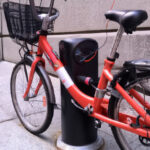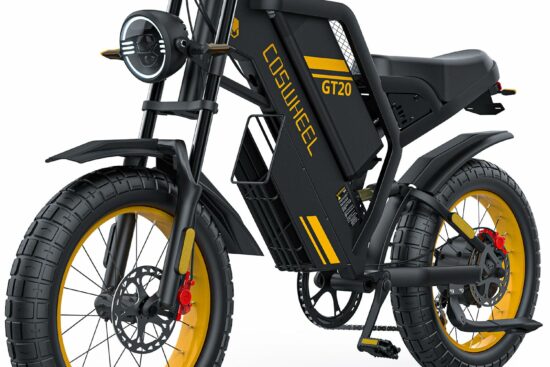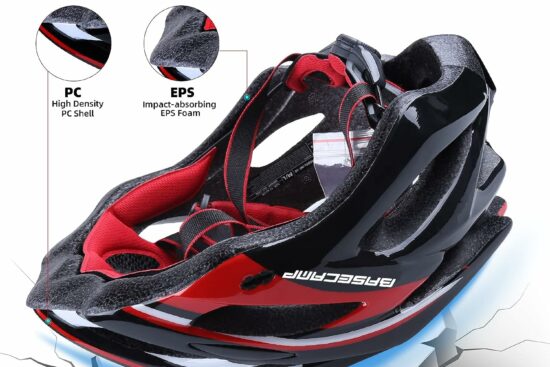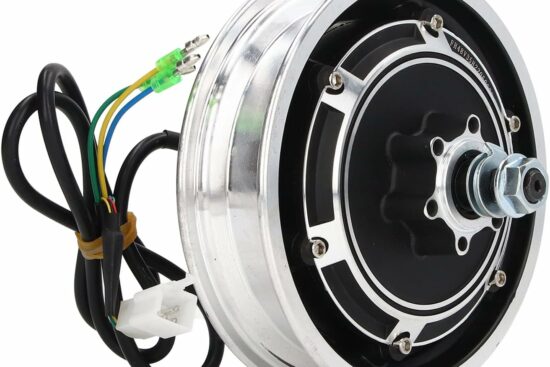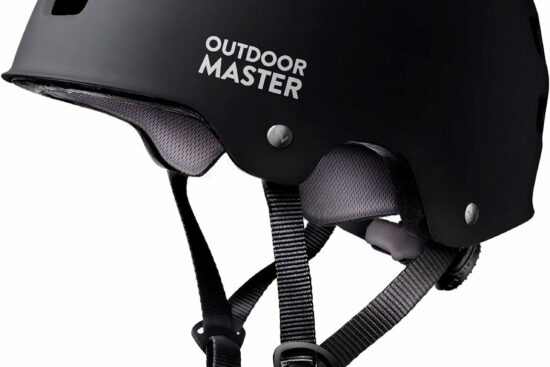
Electric bikes have gained significant popularity in recent years as an environmentally-friendly alternative for commuting and recreational purposes. However, understanding the factors that influence the speed of these futuristic vehicles is crucial for potential buyers looking for optimal performance. In this article, you will explore the various elements that contribute to an electric bike’s speed, shedding light on the important factors that can make a difference in your overall riding experience. Gain a comprehensive understanding of the subject and be prepared to make informed decisions when choosing the perfect electric bike for your needs.
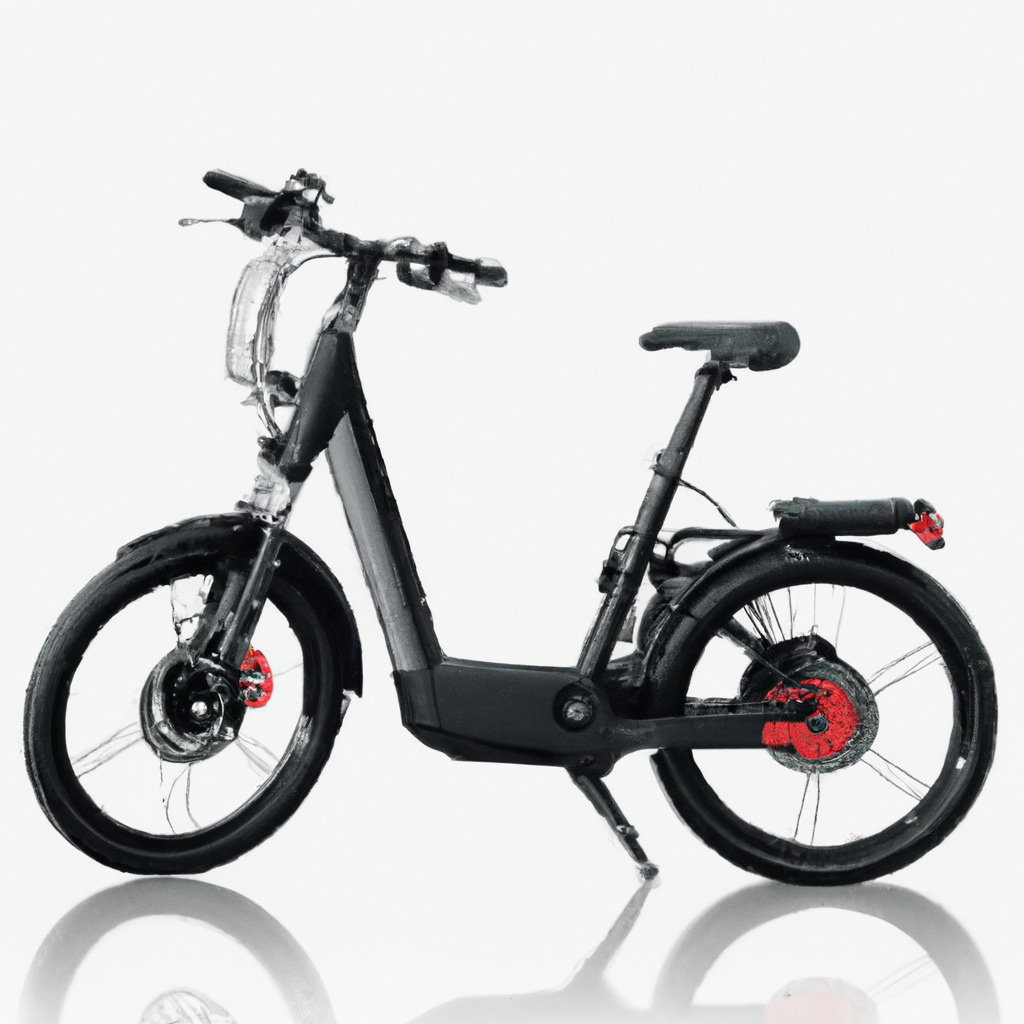
1. Motor Power
When it comes to the speed of an electric bike, one of the most crucial factors to consider is the motor power. The power output of the motor determines how much energy it can deliver to propel the bike forward. A higher power output generally results in a faster speed. Therefore, when choosing an electric bike, it is essential to consider the motor power carefully.
1.1 Power Output
The power output of an electric bike motor is typically measured in watts. A higher wattage indicates a more powerful motor and, consequently, a higher potential speed. Electric bikes can have motors ranging from 250 watts for lightweight and low-speed options to 750 watts or more for high-performance models designed for off-road or high-speed riding.
1.2 Voltage
Another crucial consideration that affects the speed of an electric bike is the voltage of its motor. Higher voltage allows the motor to run more efficiently and produce more power, resulting in increased speed. Electric bike motors usually operate at 36 volts or 48 volts, with higher voltage systems being capable of delivering more speed.
1.3 Motor Efficiency
Motor efficiency is an essential factor in determining the speed of an electric bike. A more efficient motor can convert a higher percentage of the electrical energy from the battery into mechanical power, resulting in better acceleration and higher top speed. Motors with higher efficiency ratings can provide a significant advantage when it comes to the overall speed and performance of the electric bike.
2. Battery Capacity
The capacity of the battery plays a vital role in how fast an electric bike can go. The battery’s capacity rating refers to its ability to store electrical energy, which directly impacts the bike’s range and speed.
2.1 Capacity Rating
Battery capacity is typically measured in watt-hours (Wh). The higher the watt-hour rating, the more energy the battery can store, allowing for extended rides and potentially higher speeds. Electric bikes with larger capacity batteries often provide the opportunity to go faster for longer distances.
2.2 Voltage
Voltage is another critical factor to consider when evaluating the battery’s impact on the speed of an electric bike. Higher voltage batteries can deliver more power to the motor, increasing the potential speed. However, it is important to note that battery voltage should align with the motor’s voltage requirement to ensure compatibility and optimal performance.
2.3 Battery Chemistry
The type of battery chemistry used in an electric bike can determine its performance, including speed. Lithium-ion batteries are commonly used in electric bikes due to their high energy density, lightweight nature, and ability to provide a consistent power output. Lithium-ion batteries offer excellent speed potential and are preferred for their efficiency and longevity compared to other battery chemistries like lead-acid.
3. Weight
The weight of both the bike itself and the rider can significantly impact the speed of an electric bike. A lighter bike and rider combination generally offers better acceleration and higher top speeds.
3.1 Bike Weight
The Weight of the electric bike itself influences its speed performance. A lighter bike requires less power to propel it forward, allowing for more efficient energy utilization and potentially higher speeds. Manufacturers often strive to reduce the weight of electric bikes by using lightweight materials like aluminum or carbon fiber for the frame, as well as lightweight components.
3.2 Rider Weight
The weight of the rider is another crucial factor that affects the speed of an electric bike. Heavier riders may require more power to accelerate and maintain higher speeds. Therefore, it is important to consider the weight capacity of the electric bike and ensure that it can handle the rider’s weight without sacrificing speed or overall performance.
4. Aerodynamics
Aerodynamics plays a significant role in the speed of an electric bike, just as it does in traditional bicycles and other vehicles. By minimizing wind resistance and optimizing body position, riders can achieve higher speeds with less effort.
4.1 Wind Resistance
Wind resistance is a major factor impacting the speed of an electric bike. When riding at higher speeds, the resistance caused by the air can become substantial, requiring more power to overcome it. Electric bikes with streamlined frames and components designed to reduce wind resistance can help maximize speed potential.
4.2 Body Position
The rider’s body position can also affect the aerodynamics of the bike. By adopting a more aerodynamic riding posture, such as crouching low and reducing frontal area, the rider can decrease wind resistance and enhance overall speed. Proper body positioning involves minimizing drag by tucking elbows in, lowering the head, and keeping the body close to the handlebars.
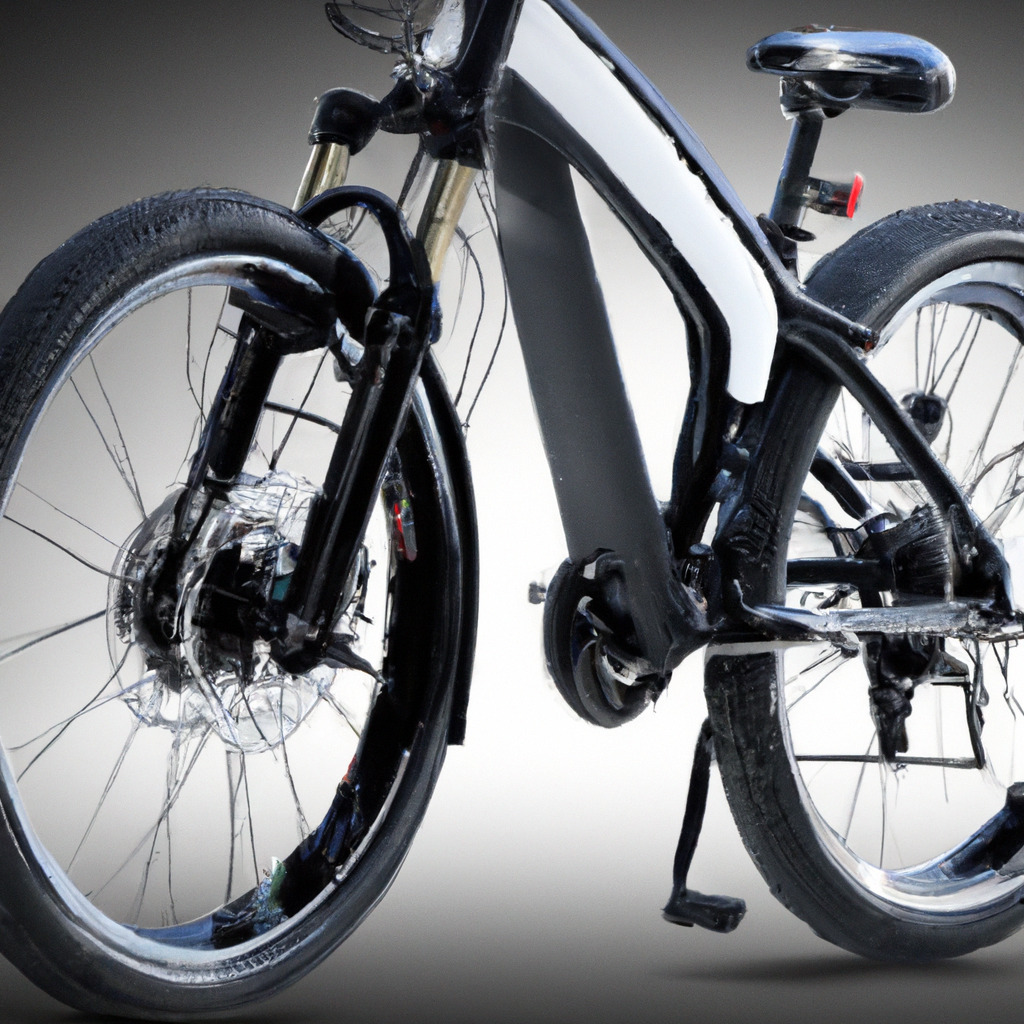
5. Tire Type and Pressure
The type of tires and their inflation pressure can influence the speed and efficiency of an electric bike. The selection of appropriate tire width, tread pattern, and optimal air pressure can greatly impact the overall riding experience.
5.1 Tire Width
The width of the tires on an electric bike can affect its speed in several ways. Wider tires generally provide increased traction and stability, making them suitable for off-road or challenging terrain. However, narrower tires often offer lower rolling resistance, resulting in better speed performance on smooth surfaces. It is essential to choose tire width based on the intended riding conditions and personal preferences.
5.2 Tread Pattern
The tread pattern of the tires also plays a role in determining the speed of an electric bike. Tires with a smoother tread pattern offer less rolling resistance, resulting in higher speeds on paved surfaces. On the other hand, tires with more aggressive treads provide better traction on loose or slippery terrain, but may increase rolling resistance and reduce overall speed on smooth surfaces.
5.3 Air Pressure
Proper tire inflation is crucial for optimizing speed and efficiency. The recommended air pressure for electric bike tires can vary depending on factors such as tire width, rider weight, and terrain. Overinflated tires may result in reduced traction and a harsher ride, while underinflated tires can increase rolling resistance and slow down the bike. Maintaining the recommended air pressure ensures optimal performance and speed.
6. Terrain
The terrain on which an electric bike is ridden has a significant impact on its speed capabilities. Various factors related to terrain, such as gradient and surface condition, can affect the bike’s speed and overall performance.
6.1 Gradient
The gradient or slope of the terrain greatly influences an electric bike’s speed. Climbing uphill or encountering steep inclines requires greater power output from the motor to maintain speed. Electric bikes equipped with higher power motors can handle steeper gradients more efficiently, allowing riders to maintain higher speeds even on challenging terrain.
6.2 Surface Condition
The surface condition of the terrain can also impact the speed of an electric bike. Smooth, well-paved roads or cycling paths generally offer lower rolling resistance, facilitating higher speeds. On the other hand, rough or uneven surfaces, gravel, or off-road trails can increase rolling resistance, potentially reducing speed. Electric bikes designed for specific terrain conditions can offer optimized performance for various surface conditions.
7. Gearing
The gearing system of an electric bike plays a crucial role in speed and control. The selection of appropriate gear ratios and the number of gears available can significantly impact the bike’s overall speed capabilities.
7.1 Gear Ratio
The gear ratio determines the relationship between the number of teeth on the front chainring and the rear cassette. By choosing the appropriate gear ratio, riders can optimize their pedaling cadence and power output to achieve higher speeds. Electric bikes with a wide range of gear ratios offer versatility and enable riders to maintain an optimal pedaling rhythm across various speeds and terrains.
7.2 Number of Gears
The number of gears on an electric bike further affects its speed potential. Bikes with a greater number of gears provide riders with more options to fine-tune their pedaling effort and cadence, thus maximizing speed capabilities. However, it is important to note that an electric motor can compensate for fewer gears, as it can provide additional power to overcome speed limitations caused by gear selection.
8. Temperature
Temperature can impact both the performance and overall speed of an electric bike. Both ambient temperature and battery temperature play a role in determining the bike’s speed capabilities and overall functioning.
8.1 Ambient Temperature
Ambient temperature refers to the temperature of the surrounding environment. Extreme temperatures, such as very cold or excessively hot conditions, can affect the overall efficiency and performance of an electric bike. Cold temperatures may decrease battery performance, reducing speed and range capabilities. Conversely, extremely high temperatures can cause overheating of the motor and battery, potentially leading to reduced speed and even system failure. Optimal operating temperatures facilitate better speed potential and overall performance.
8.2 Battery Temperature
The temperature of the battery itself can impact the speed and performance of an electric bike. Batteries perform best within a specific temperature range, often recommended by manufacturers. When the battery temperature is too low or too high, it can decrease power output and, consequently, lower speed potential. Ensuring proper battery management, including avoiding extreme temperature conditions, can help maintain optimal speed capabilities.
9. Maintenance
Regular maintenance plays a crucial role in keeping an electric bike performing at its best. Two specific aspects of maintenance, drive train lubrication, and tire health, can contribute to the bike’s speed and overall efficiency.
9.1 Drive Train Lubrication
Proper lubrication of the drive train, including the chain, derailleur, and cassette, is vital for maintaining optimal speed and performance. Regularly applying appropriate lubricant to the drive train components reduces friction and ensures smoother power transfer. A well-lubricated drive train allows the motor to work efficiently and facilitates faster speeds without unnecessary resistance.
9.2 Tire Health
Ensuring the health and condition of the bike’s tires is vital for speed and safety. Regularly inspecting and maintaining tire pressure, checking for signs of wear or damage, and replacing tires when necessary contribute to optimal speed performance. Worn-out or underinflated tires can increase rolling resistance, slowing down the bike and compromising speed. Proper tire maintenance improves speed capabilities and enhances the overall riding experience.
10. Rider Experience and Fitness
The final factor influencing the speed of an electric bike is the rider’s experience and fitness level. Although an electric bike provides assistance, a rider’s technique and physical fitness still contribute to overall speed capabilities.
10.1 Pedaling Technique
Proper pedaling technique can help riders maximize the speed potential of an electric bike. Maintaining a steady cadence, avoiding excessive force on the pedals, and maintaining a smooth pedal stroke can contribute to efficient power transfer and higher speeds. Riders who utilize their pedaling technique effectively can enhance the assistance provided by the motor and achieve faster speeds.
10.2 Fitness Level
While electric bikes offer assistance, a rider’s fitness level does impact the speed they can attain. A rider with better physical fitness can contribute more power during pedaling, allowing the motor to work less and potentially achieve higher speeds. Regular exercise and improving overall fitness can enhance speed performance on an electric bike.
In conclusion, the speed of an electric bike is influenced by numerous factors. Motor power, battery capacity, weight, aerodynamics, tire type and pressure, terrain, gearing, temperature, maintenance, and rider experience and fitness all play a crucial role in determining the bike’s maximum speed capabilities. Considering these factors and making informed choices when selecting an electric bike can help riders find the optimal balance between speed, performance, and overall riding experience.


